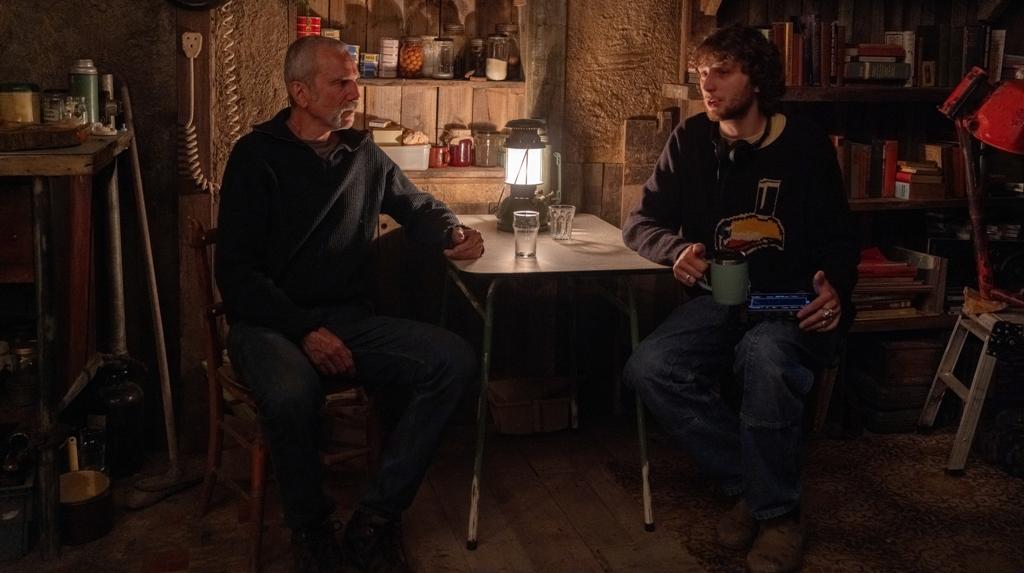PG-13 | 1h 20m | Documentary, Art History | 2014
It’s not often when art, science, and sleight-of-hand cross paths in a documentary film, and when you find out the premise behind “Tim’s Vermeer,” your first reaction might be a gaping yawn. But once the particulars and participants are introduced, you’ll do an about-face and say, “Wow, that’s way too cool.”






